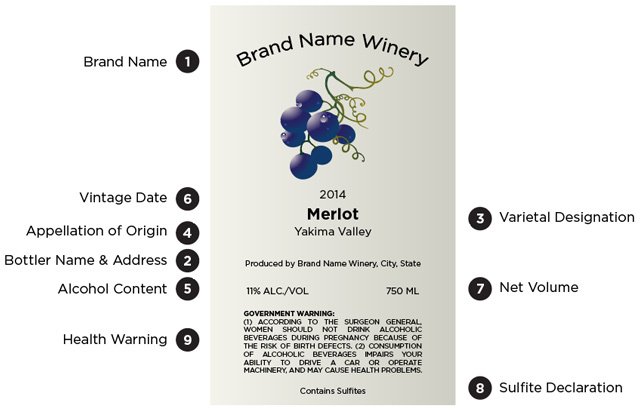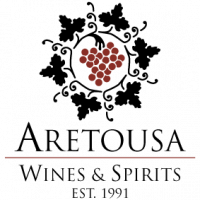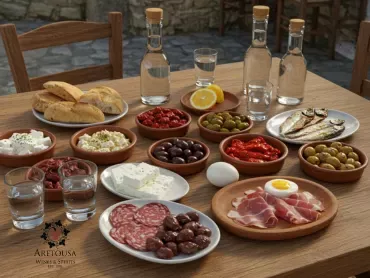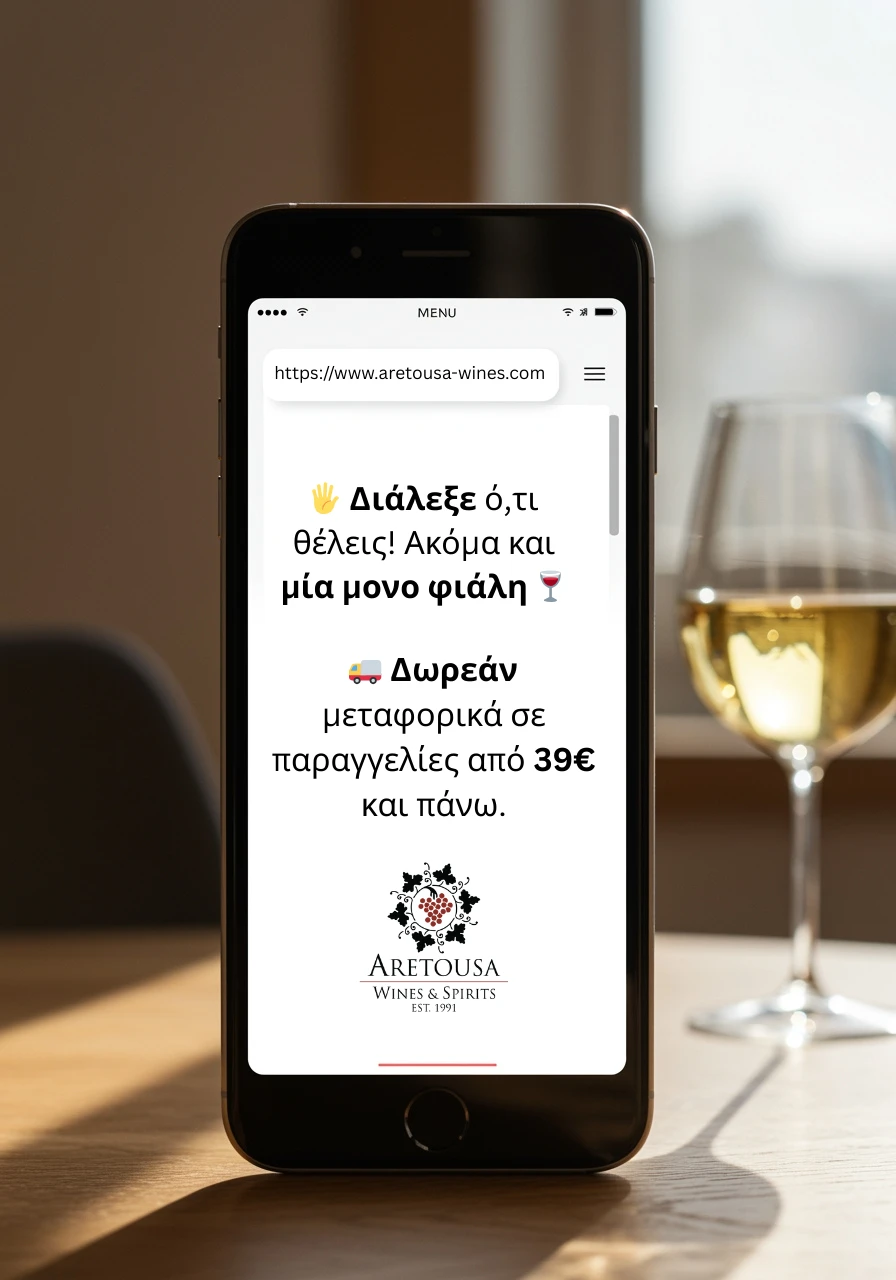How to Properly Read a Wine Label
Πέμπτη 29 Μαΐου 2025
1. Wine Name and Producer
At the top of the label, you will usually find the wine’s name or the series it belongs to. This can be the winery's name or a commercial name chosen by the producer. The producer’s or bottler’s name is also very important, as it often reflects the quality level and history behind the wine. Well-known and trusted producers add an extra layer of confidence to your choice.
2. Grape Variety
The grape variety is perhaps the most important element that determines the style and flavor of the wine. On the label, you will find names such as Agiorgitiko, Xinomavro, Sauvignon Blanc, Chardonnay, Merlot, etc. Each variety has characteristic aromas, tastes, and acidity levels. For example, Agiorgitiko is known for its rich red fruit flavors and mild tannins, while Sauvignon Blanc offers fresher, fruitier aromas.
3. Region of Origin
The region where the grapes are grown greatly influences the final wine. Climate conditions, altitude, and soil type (known as terroir) shape the aromas and taste. In Greece, regions like Nemea, Mantineia, Santorini, and Macedonia are famous for their distinctive wines. The indication of the region is often a mark of quality, especially when coming from a Protected Geographical Indication (PGI) or Protected Designation of Origin (PDO).
4. Vintage Year
The vintage refers to the year the grapes were harvested. This is important because the climate conditions each year affect the wine. A year with ideal weather can produce wines with richer flavor and better balance. Depending on the type of wine, some vintages are suitable for aging, while others are best enjoyed young.
5. Wine Type and Style
The label usually states whether the wine is dry, semi-sweet, sweet, sparkling, or other types. It also shows the alcohol content. These details help you understand the character of the wine and if it matches your taste or the food you plan to serve.
6. Bottling Number and Bottler Code
For traceability and safety reasons, each bottle carries a bottling number and a code relating to the bottler. This ensures authenticity and helps if you need to look up the exact product you purchased.
7. The Role of QR Codes on Wine Labels
Nowadays, many wine labels include QR codes, which consumers can scan with their smartphones. These QR codes lead to digital information such as:
-
Nutritional information and allergens, which are now mandatory for all bottles to ensure transparency to the consumer.
-
Detailed information about the grape variety, region, production method, and serving suggestions.
-
Links to the official winery website for further information, offers, and recommendations.
QR codes enhance the consumer experience, making it more interactive and complete.
8. Tips for Reading a Wine Label Correctly
-
Carefully read every piece of information, as every word and number has meaning.
-
Don’t overlook small details like region and vintage, which often reveal the wine’s style.
-
Use your smartphone to scan the QR code and learn more.
-
Take notes of the wines you like for future purchases.







